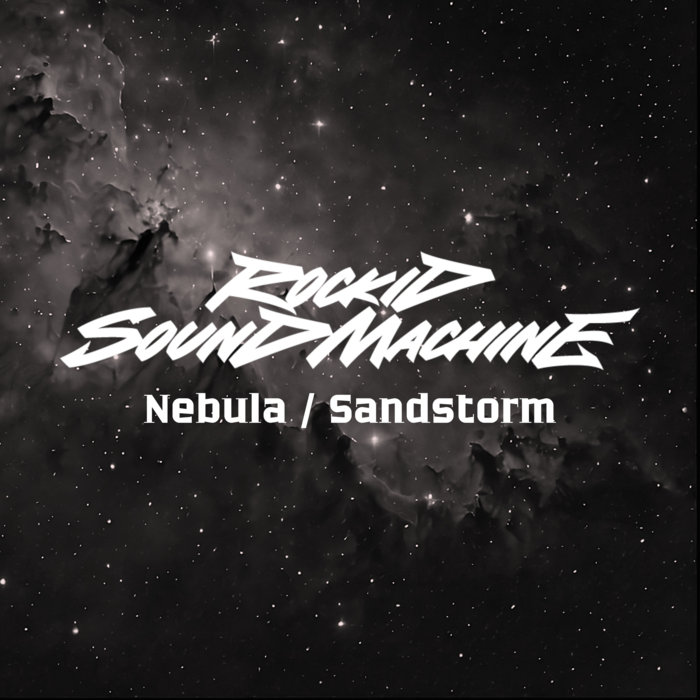
Sandstorm – Rockid Sound Machine
this blog is GROOVY – check out great Soul, Funk, Jazz, Hip Hop, Bass, Breaks , Reggae, House n many more TUNES
Hey there, funky souls! Let’s take a trip down memory lane and explore the groove-tastic world of deep funk. From its roots to its revival, deep funk is not just music—it’s a vibe that gets your body movin’ and your feet tappin’. So put on your dancing shoes, turn up the bass, and let’s dive into this funky saga.
Funk music emerged in the 1960s as a unique blend of soul, jazz, and rhythm & blues (R&B). Legends like James Brown were laying down those killer grooves that made people want to shake it all night long. But it wasn’t until artists started digging deeper into those soulful rhythms that deep funk was born.
Deep funk is like the distant cousin of classic funk. It digs even deeper (pun intended!) into the grooves with heavier basslines, extended jams, and often an underground aesthetic. Think of tight-knit bands jamming in small clubs while trying to create something fresh yet oh-so-familiar—the perfect vibe for getting lost on those weekends!
During this time, you had groups like The Meters, who are known for their tight rhythms and instrumental prowess. They brought us some serious funky magic with tracks like “Cissy Strut.” Other artists emerged too—like Sly & The Family Stone—pushing boundaries further by mixing rock elements with their infectious beats.
But here’s where it gets a little funny… did you know Sly Stone used to wear full sequined outfits? Some say he looked more disco than funk! But hey—it takes confidence to strut in glitter!
As we rolled into the ‘80s, things got wild (especially with all those vocalists experimenting with electronic sounds). While disco might have taken over mainstream dance floors earlier on, there were still die-hard fans yearning for that old-school sound.
Enter bands like The JB’s, which featured members from James Brown’s crew keeping the spirit alive alongside other artists exploring different genres but throwing back love towards authentic funk as well.
Funny tidbit alert: Bootsy Collins rocked his trademark star-shaped sunglasses so hard he could probably be mistaken for a superhero instead of just another bassist! Talk about style points while groovin’ away!
By now you’ve seen how deep funk has evolved through decades—but wait! Just when you thought it was outta sight—it came back stronger than ever during the late ‘90s! Thanks partly due to vinyl collectors digging through dusty crates at record shops hunting rare gems hidden amongst pop hits.
One significant name making waves during this era was DJ Shadow—and boy did he introduce younger generations back onto sampling classics from great masters past; essentially creating “new” tunes using snippets sourced directly off vintage records filled with sweet nostalgia!
And foreshadowing today’s trend of musicians wearing masks or unusual outfits? Enter Galactic—a band whose members once performed dressed entirely as pirates… yes—as if they sailed straight outta Davey Jones’ locker while droppin’ beat bombs left right center!
Fast forward today—you’ll find everything from contemporary bands reviving traditional sounds mixed effortlessly alongside newcomers injecting new energy without losing any essence whatsoever! Bands like Vulfpeck or The New Mastersounds keep audiences dancing around packed venues across towns; they’re literally bringing everyone together under one funktastic roof every chance they get!
And let’s not forget about festivals celebrating good ol’ musky grooves where attendees dress up as brightly colored characters reminiscent sometimes resembling fruits leading totally outrageous conga lines around stages—all whilst laughing uproariously at impromptu dance-offs happening everywhere else nearby… If that’s not humor wrapped inside rhythmical bliss—I don’t know what is!
So there ya have it – deep funk isn’t just some genre; it’s an experience built upon years filled with passion-driven players creating electrifying moments shared among listeners since day one till present times gone by…and forevermore evolving along various avenues expanding worldwide beyond borders anew!!
A wise man once said “keep on truckin’” – but make sure you do so shakin’ your hips side-to-side because nobody likes being stuck behind someone who forgot how important swag truly feels!!! And hey…
Remember—a sense of humor makes everything groovier too—so carry yourself confidently while drop kickin’ bad vibes right outta existence whenever needed!! Until next time my fellow funkatronics – keep dancin’ wisely & live life since there’s never been enough space saved FOR GOOD FUNK!!!
Stay funky everybody! 🎸🎶✌️

Sandstorm – Rockid Sound Machine
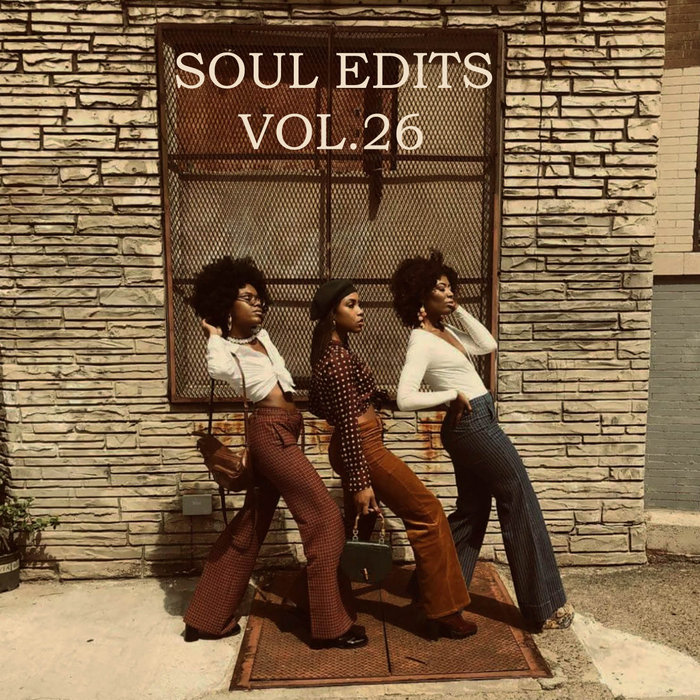
Wayne Carter – Mad Mouth Woman (Disco Edit) – Sonic Funk Foundry
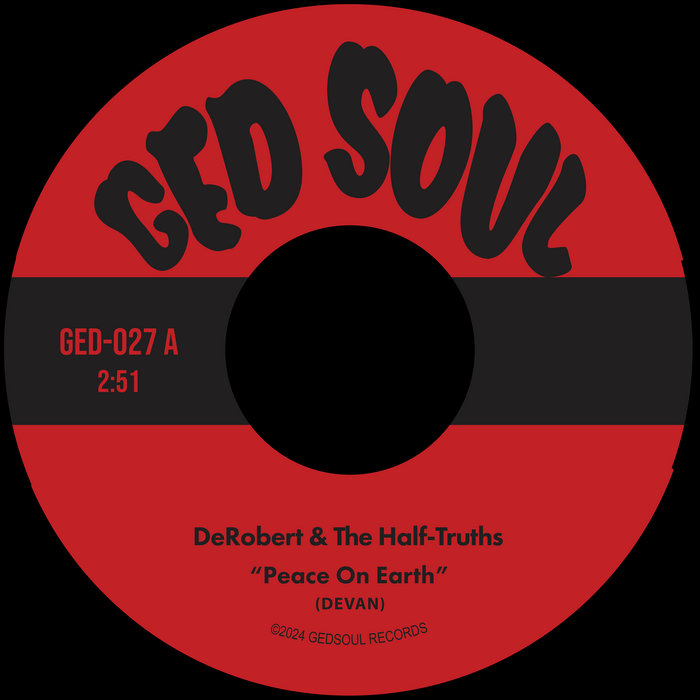
Peace on Earth – DeRobert & The Half-Truths
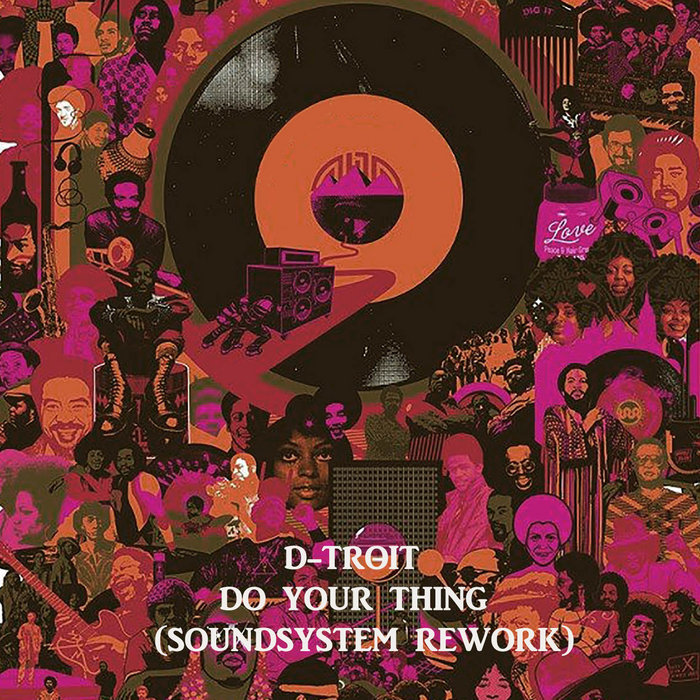
D-Troit – Do Your Thing (Soundsystem Rework) – Sonic Funk Foundry
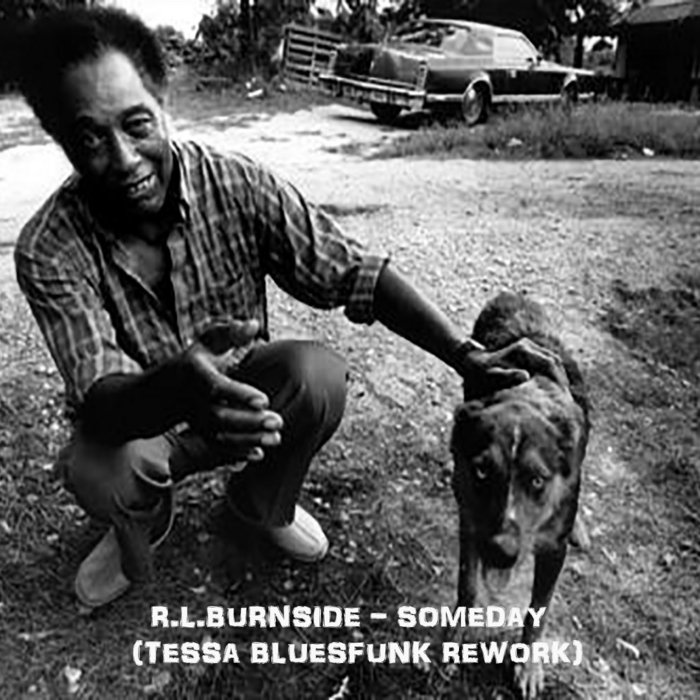
R.L.Burnside – Someday (Tessa Bluesfunk Rework) – Sonic Funk Foundry

Barbara Lynn – You Make Me So Hot (Meaux Rework) – Sonic Funk Foundry
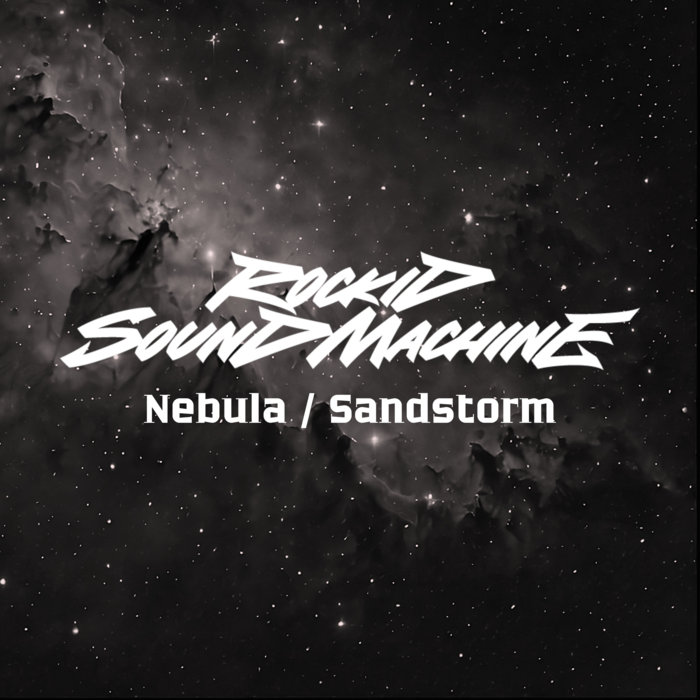
Nebula – Rockid Sound Machine
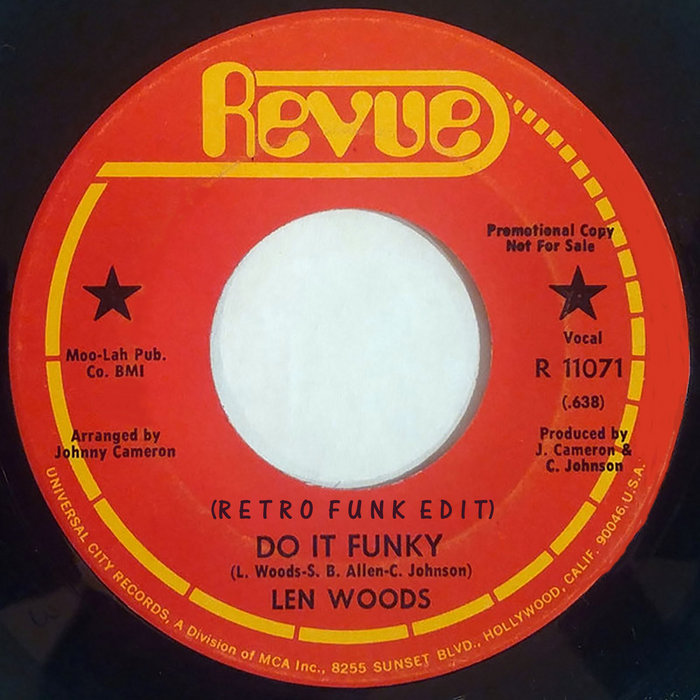
Len Woods – Do It Funky (Retro Funk Edit) – Sonic Funk Foundry
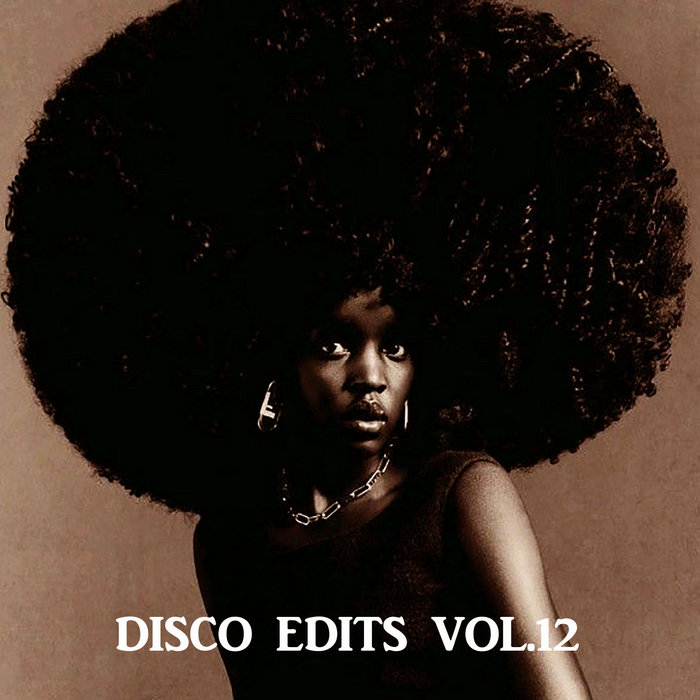
Manu Dibango – Super Koumba (Afrodisco Edit) – Sonic Funk Foundry
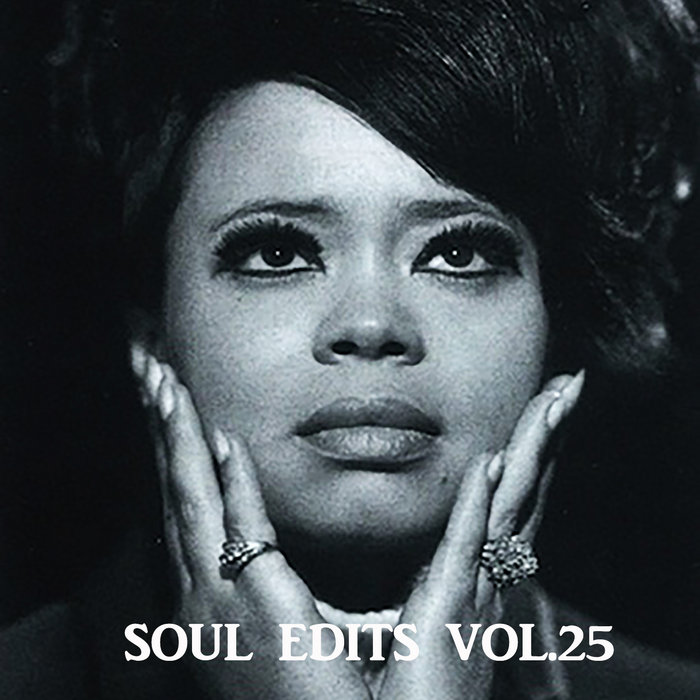
Sola Rosa – Turn Around (Chamber Edit) – Sonic Funk Foundry